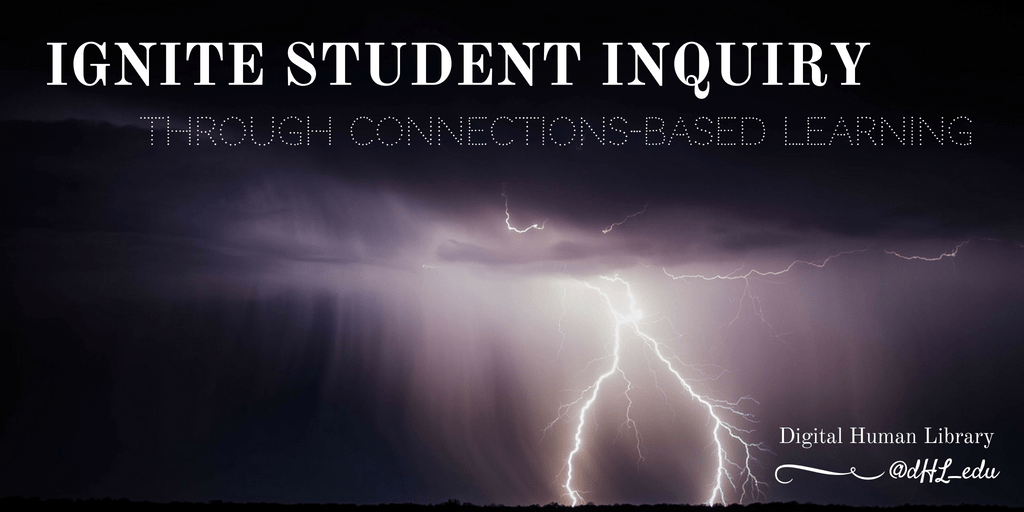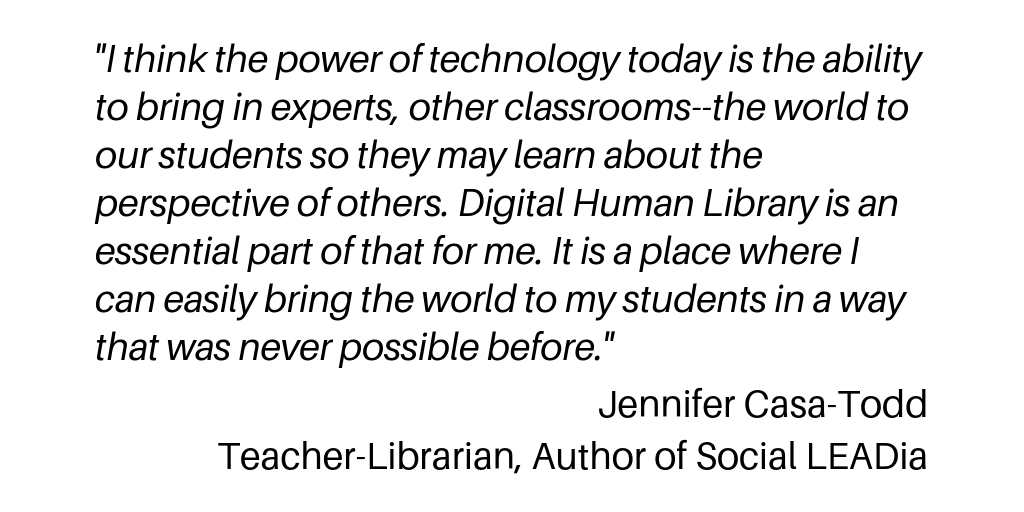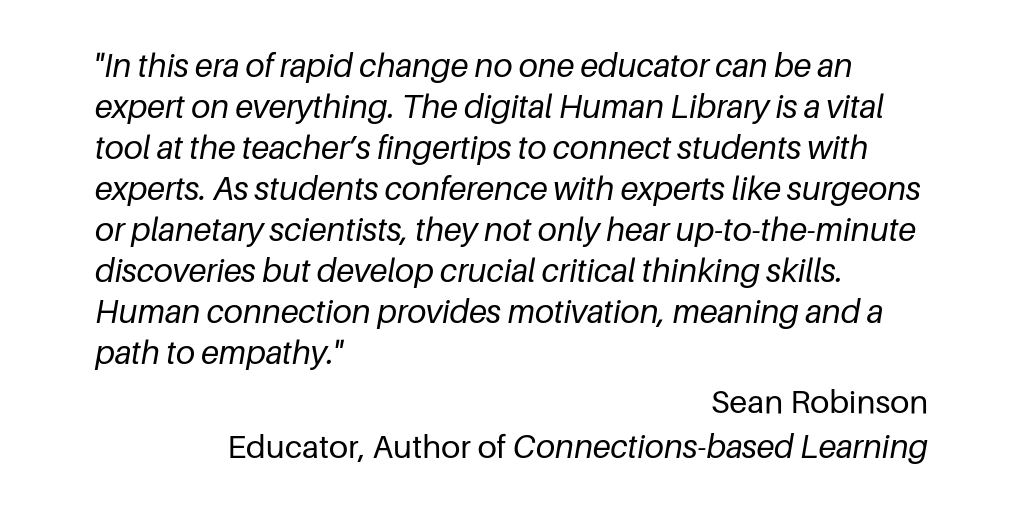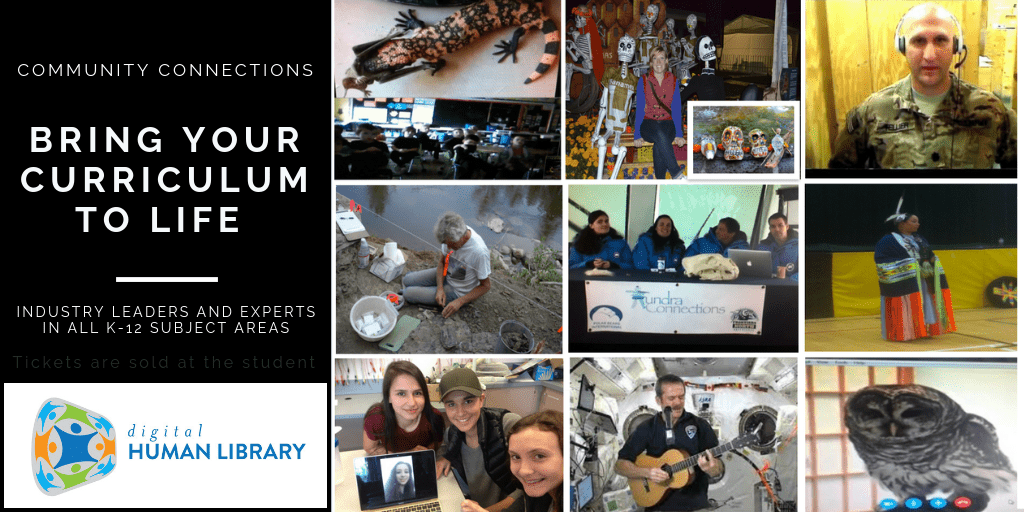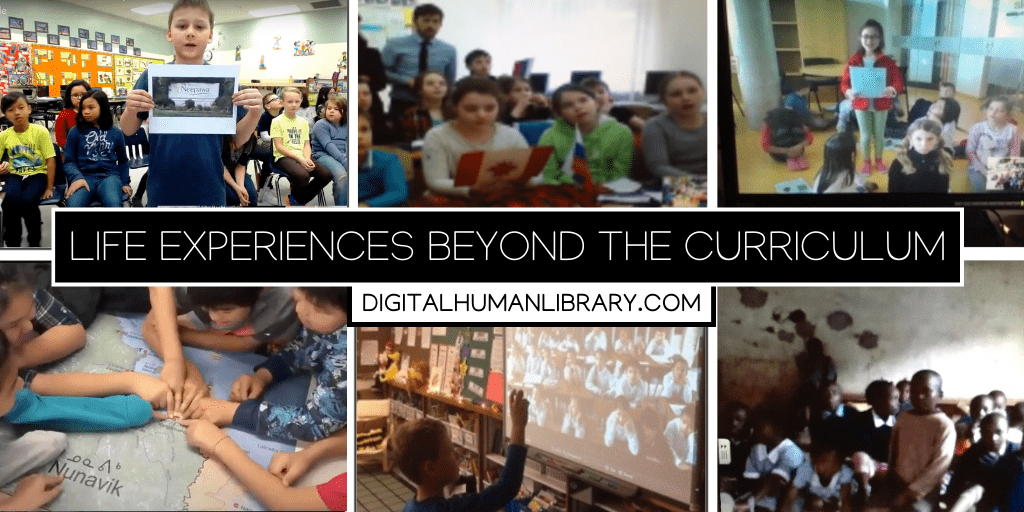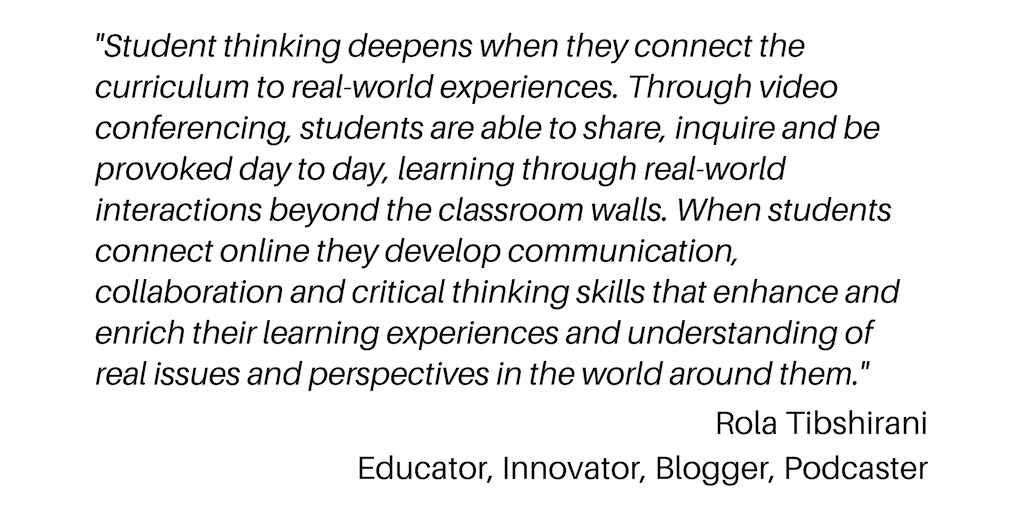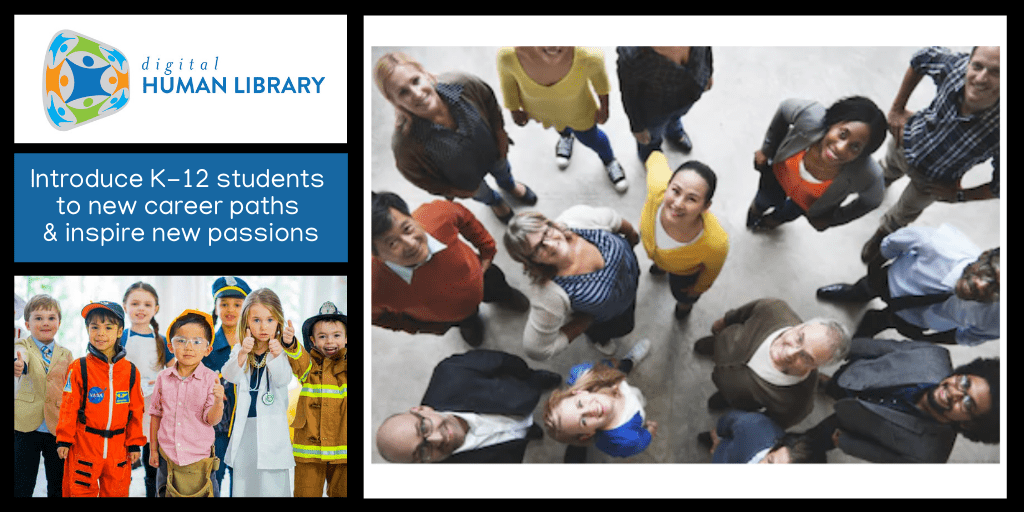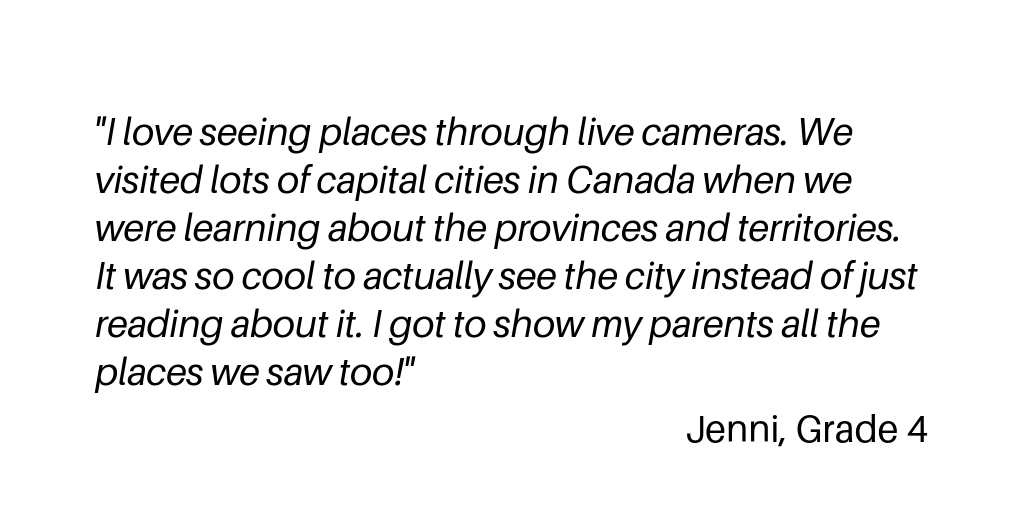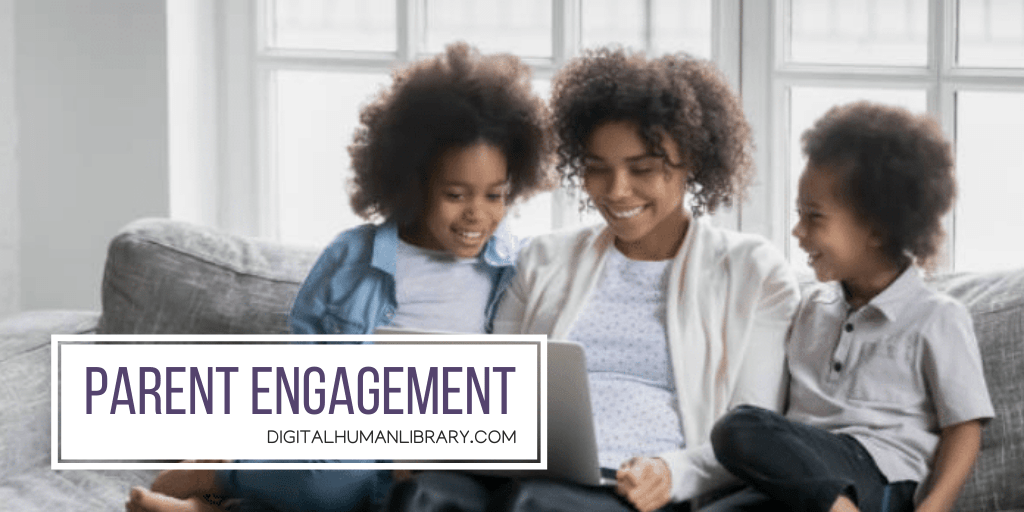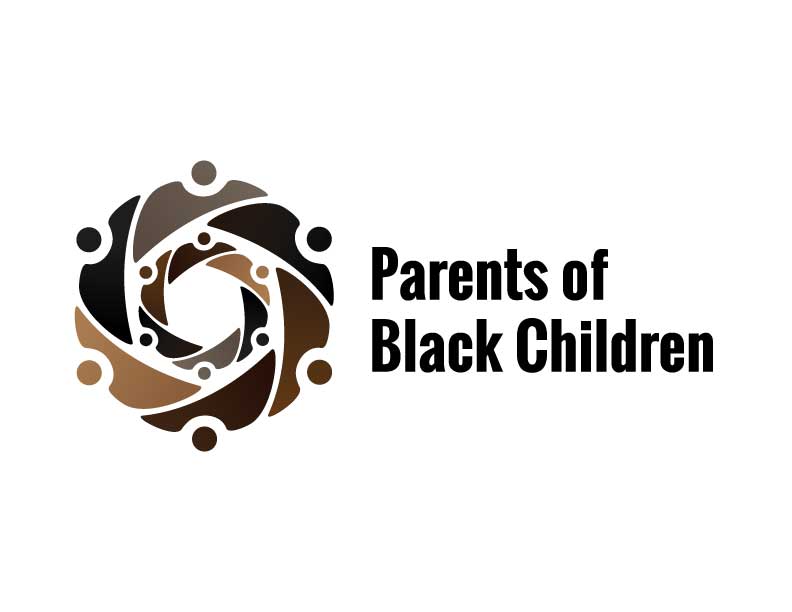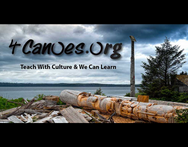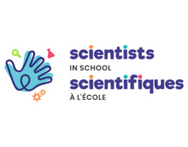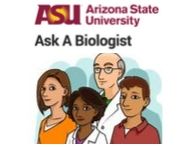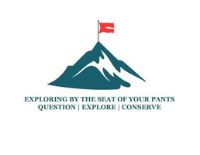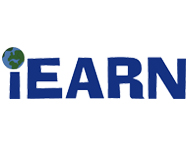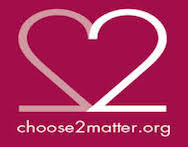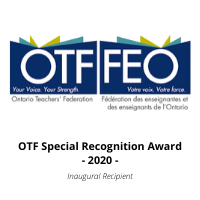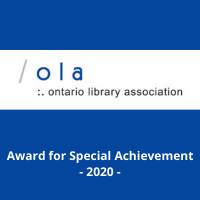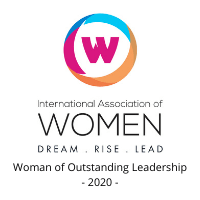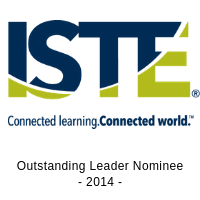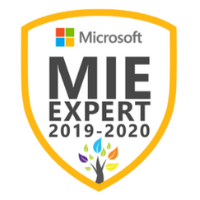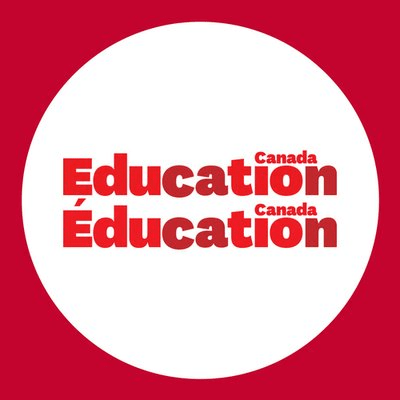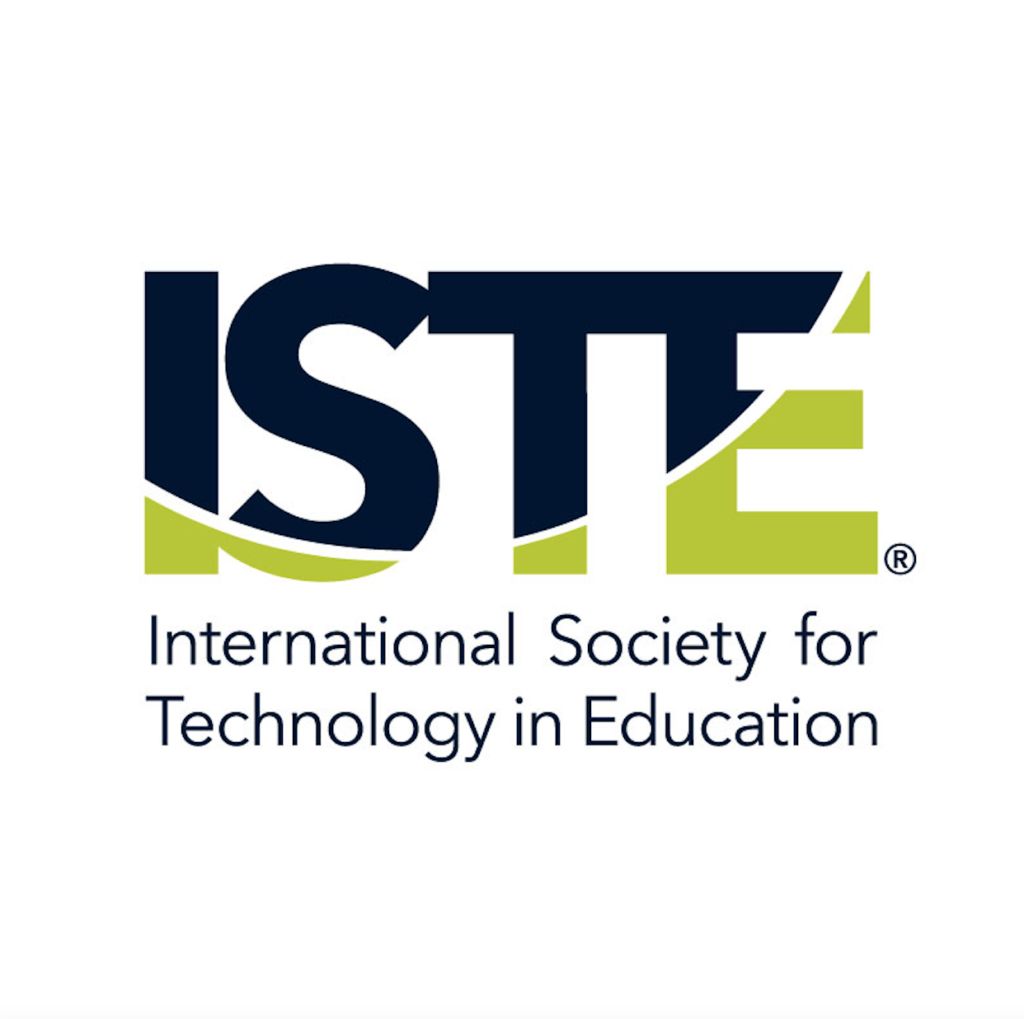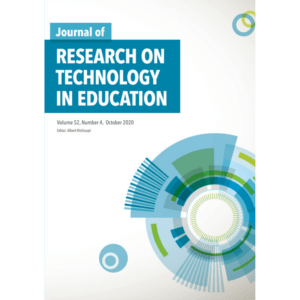Throughout the month of September my grade 2 class, in collaboration with Jennifer Regier’s grade 2’s in Seaforth Ontario, have been exploring the meaning of a family. Since primary students are at an age where they are highly focused on families, beginning the year with a unit from the Social Studies curriculum was a natural place to start. Young children spend most of their time with their families. Home is where the heart is – family is what they know and love. They are anxious to share stories about family, where they belong in their family, and the responsibilities they hold at home. So the focus of our learning was to add to that background knowledge of what it means to be a family, and to create new knowledge of families today.
The basic structure of the family has changed drastically throughout the years. Some examples of the families that now exist include: traditional families, single parent families, cultural families, multi-generational (extended) families, mixed families, and same-sex parent families. Diversity is present in every individual, and in every family. Our learning goals focused around children understanding and learning to respect and welcome this diversity.
As we continue to explore this diversity and investigate where our own families come from, we have also been interested in learning about families living in different parts of the world. Our first global collaboration included a video conference with Passages to Canada Speaker Veena Gokhale on Thursday October 8th, 2013.
Veena was born in Mumbai, India. Soon after she was born her parents moved to a small town in central India where she lived until she was 10. Veena first visited Canada as a journalist, and later returned as an adult to pursue higher education. She immigrated to Canada shortly there after and now lives with her husband in Montreal Quebec. Here is what our grade 2 classes learned from Veena during our video conference:
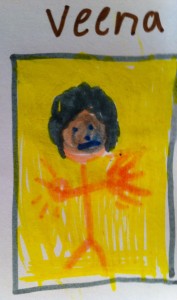 We are looking forward to speaking with Veena again as we learn about traditions and celebrations in our own community and around the world.
We are looking forward to speaking with Veena again as we learn about traditions and celebrations in our own community and around the world.
Thank you for sharing your stories of coming to Canada with us. Dhanyavaad!
Passages to Canada has been a Digital Human Library member since 2012. Thank you Passages to Canada for helping us connect with people from around the world.
This post is also available in: Français (French)


